Carlos Estevez’s work is animated by a deep interest in questions of human spirituality. His stated goal is to use his work to reveal the invisible realm to the spirit that lies hidden beneath the visible world, a process that he refers to as an alchemical, metaphysical transformation of mystery into knowledge. The imagery that populates his paintings, drawings, sculptures, and installations bears a dreamy, child-like quality, with recurring references to marionettes, automatons, fantastical architectures, cosmic geometries, angelic beings, and strange, chimerical creatures.
A recipient of the Joan Mitchell Foundation Painters & Sculptors Grant, the Cintas Foundation Fellowship in Visual Arts, and the Grand Prize in the First Salon of Contemporary Cuban Art in Havana, Carlos Estévez was born and raised in Cuba and moved to Miami in 2004, where he lives and works. He graduated from the University of Arts (ISA) in Havana and solo exhibitions of his work have been presented at the National Museum of Fine Arts, Havana; Tucson Museum of Art, Arizona; The Patricia and Phillip Frost Art Museum at Florida International University, Miami; Center of Contemporary Art, New Orleans; Lowe Art Museum at Miami University, Florida; and the Stoors Gallery at University of North Carolina Charlotte. Estévez has participated in group exhibitions presented at the 6th and 7th Havana Biennials; the 1st Biennial of Martinique; Arizona State University Art Museum in Tempe; Pérez Art Museum Miami, Florida; Maison de l’Amerique Latin, Paris, France; Casa de América, Palacio de Linares, Madrid, Spain; and several others.
Estévez has been an artist-in-residence in Academia de San Carlos, UNAM, Mexico; Gasworks Studios, London, England; The UNESCO-ASCHBERG in The Nordic Artists’ Center in Dale, Norway; Art-OMI Foundation, New York; The Massachusetts College of Art, Boston; Cité Internationale des Arts, Paris; Montclair University, New Jersey; Siena Art Institute, Italy; Sacatar Foundation, Isla Itaparica, Salvador de Bahía, Brazil; and McColl Center for Art + Innovation in Charlotte, NC; among other places.
His work is included in numerous prestigious collections, such as those of the National Museum of Fine Arts, Havana; Museum of Fine Art, Boston; The Ludwig Forum, Aachen, Germany; The Bronx Museum, New York; Perez Art Museum Miami, Florida; Drammens Museum for Kunst of Kulturhistorie, Norway; Tucson Museum of Art, Arizona; Denver Art Museum, Colorado; Yale University Art Gallery, Connecticut; Arizona State University Art Museum, Arizona; Fort Lauderdale Art Museum, Florida; The Patricia and Phillip Frost Art Museum at FIU, Florida; The Mint Museum, North Carolina; BNY Mellon Art Collection, New York; and The Lowe Art Museum, Florida.
Estevez’s first monograph, Carlos Estévez: Entelechy. Works from 1992 to 2018 by Carol Damian, Ph.D., was published in 2019 by Tucson Museum of Art and Historic Block, Arizona; also, Images of Thought. Philosophical Interpretations of Carlos Estévez’s Art by Jorge J. E. Gracia was published in 2009 by State University of New York Press, Albany; and Carlos Estévez: Bottles to the Sea, edited by Jorge J. E. Gracia was published in 2015 by State University of New York Press, Albany.
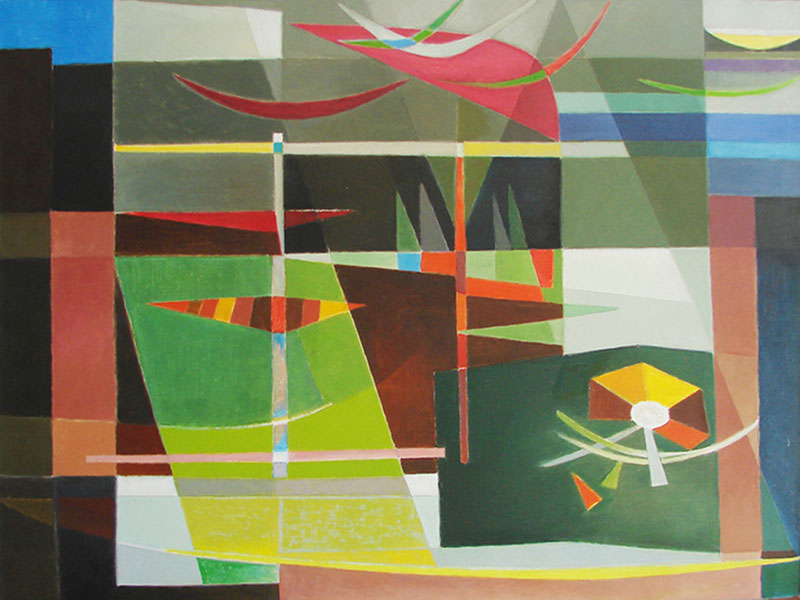

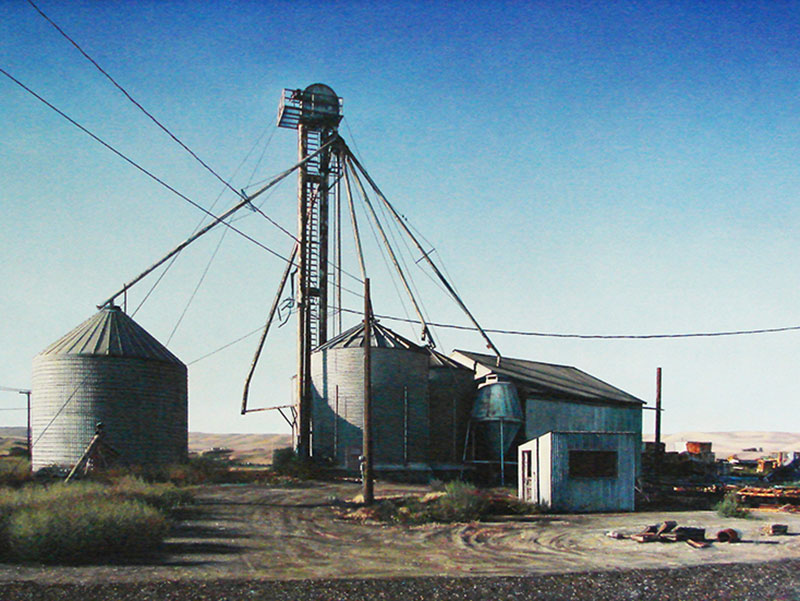
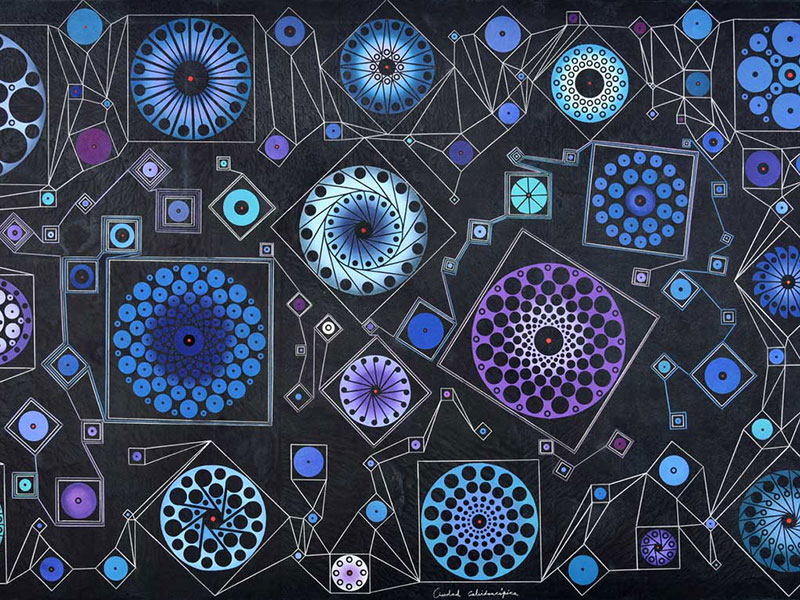
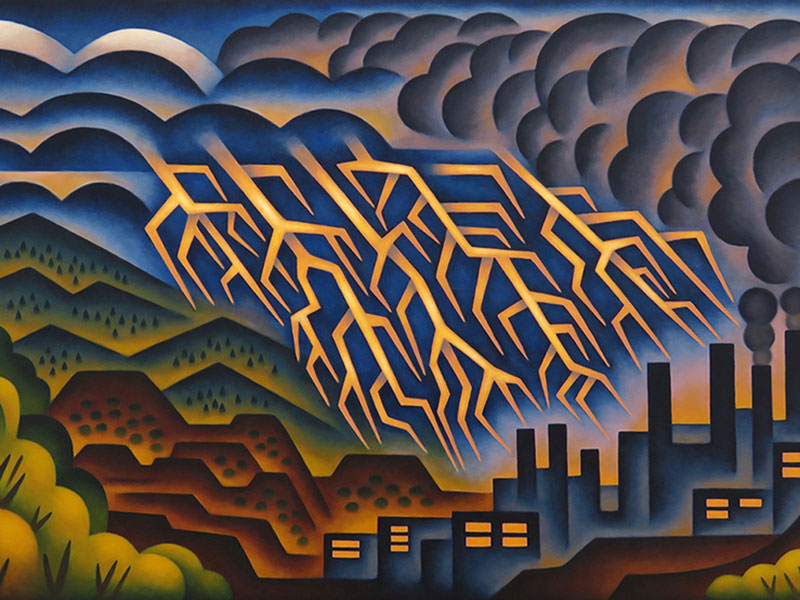
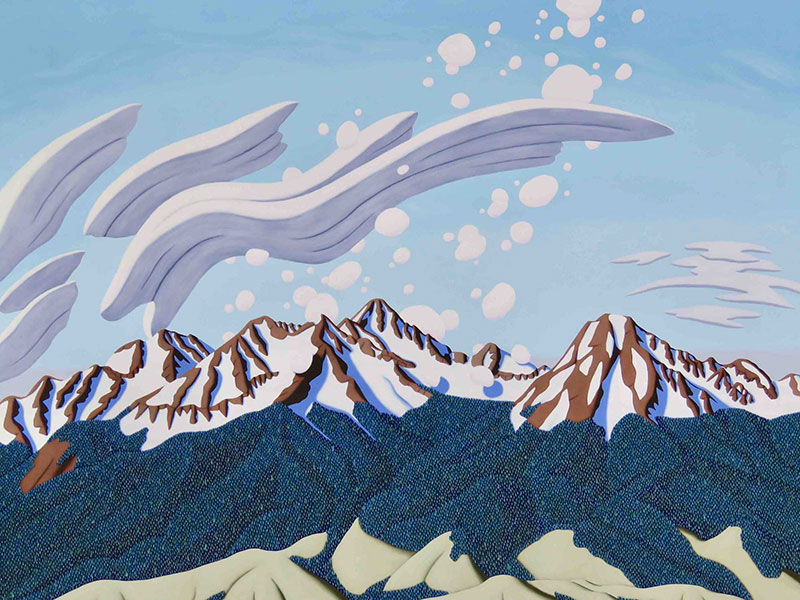
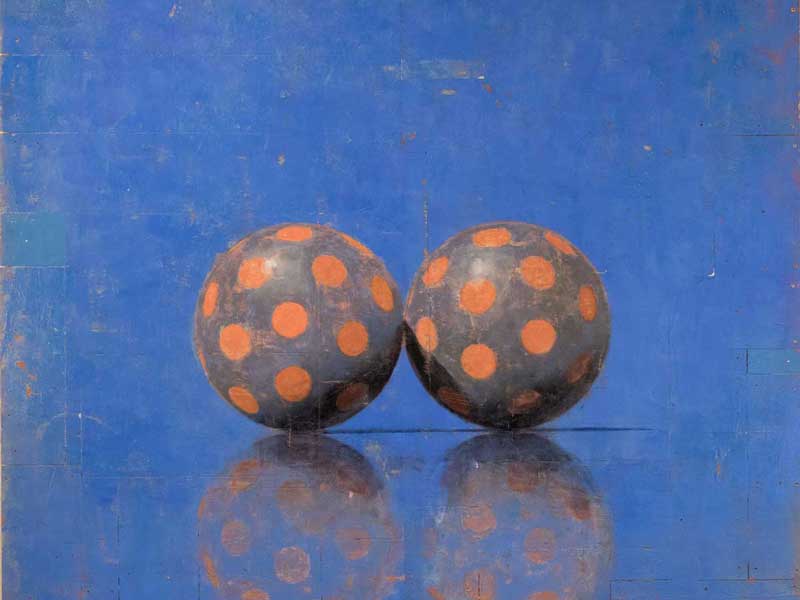
Recent Comments